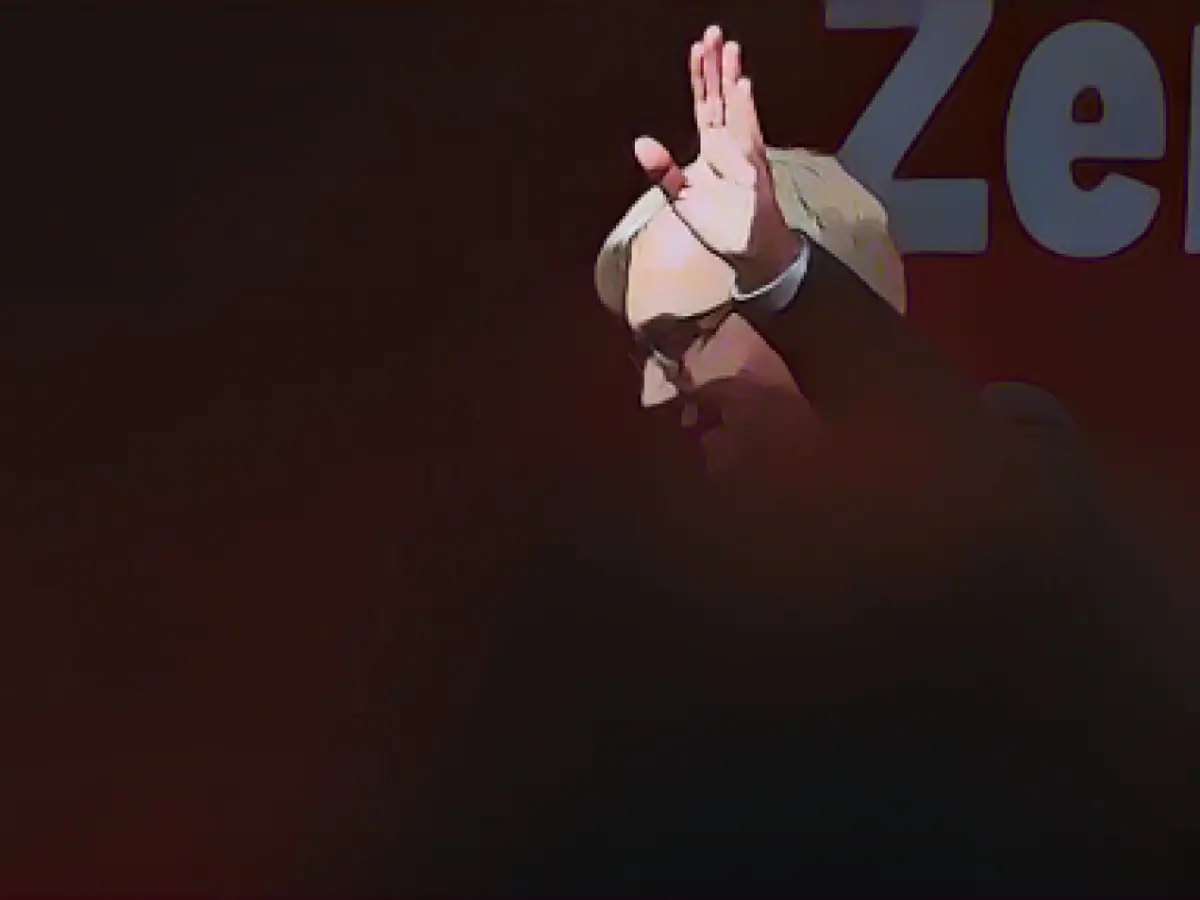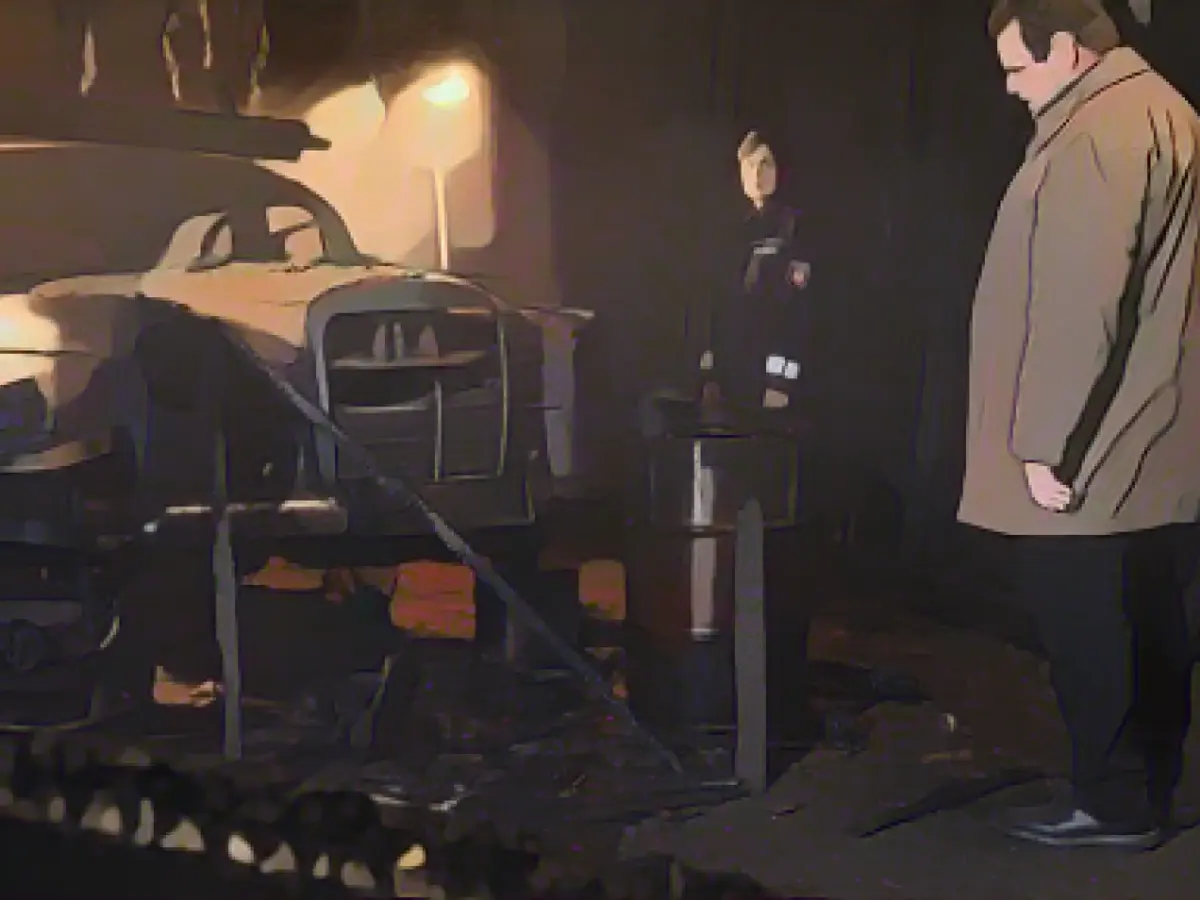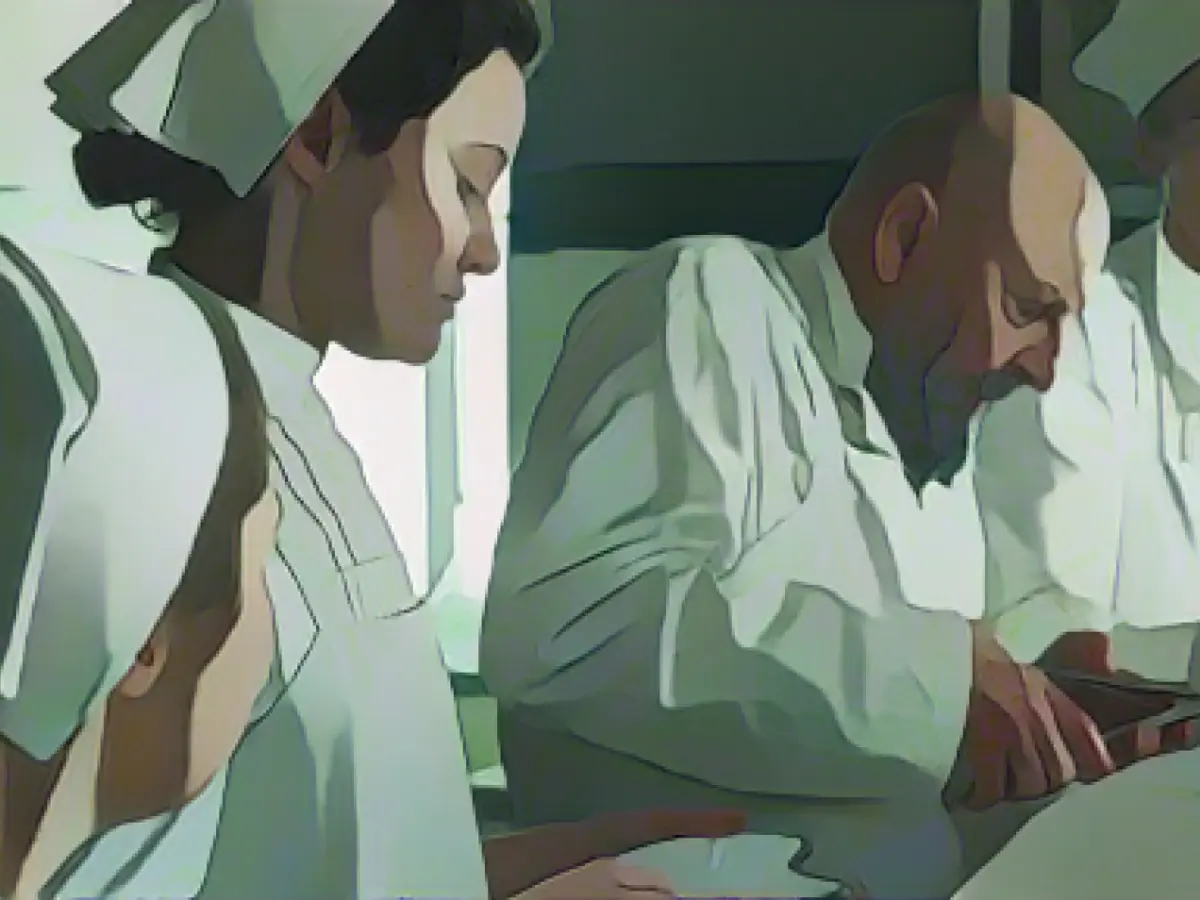New Dawn for the Left Party: Navigating Post-Dissolution
Following the dissolution of its parliamentary group in the Bundestag, the Left Party is endeavoring to regain its footing and regain the support of its disillusioned voters. After the formal dissolution, which took effect at midnight on December 6, the party is left with 28 MPs in the Bundestag. The split within the party, around Sahra Wagenknecht, who sought to establish a rival party, was the catalyst for the dissolution.
In mid-November, the left-wing parliamentary group fell short of meeting the minimum size required, forcing a decision to disband. Subsequently, the former parliamentary group members have reunited into two separate groups: the remaining 28 Left Party MPs and the ten members of the "Sahra Wagenknecht Alliance." The newly-formed groups are expected to have limited rights and funding compared to parliamentary groups in the Bundestag.
Looking forward, the SPD expects to reach a decision on the formation of groups in early 2024, which will regulate the rights and financial support for smaller groups. The details will be determined in a Bundestag resolution.
As the Left Party grapples with this major change, former parliamentary group leader Dietmar Bartsch acknowledges the painful nature of this turning point. He stresses the need for the party to maintain its left-wing opposition, highlighting that their continued presence in the Bundestag is dependent on their actions. Despite their setbacks, polls show that the Left Party has struggled to surpass 5% nationwide since 2021.
One of the key challenges for the party is addressing the concerns of the breakaway group and avoiding the appearance of political infighting. In an address to Redaktionsnetzwerk Deutschland, Bartsch noted that some staff members would be re-employed, but a significant reduction in staff is expected due to the loss of global subsidies for parliamentary groups. However, there is sadness among many party members as they face the inevitable loss of employment.
Thomas Westphal, the liquidator appointed for the dissolution, shed some light on the logistics of the dissolution process. Westphal initially asked all 100+ staff members not to show up for work, emphasizing the need for the shutdown to be publicly noticeable. The majority of permanent employees have been notified of their termination, and all equipment, including vehicles, will be sold or disposed of. The entire process will be managed by a team of ten liquidators hired specifically for this task.
The dissolution of the left-wing parliamentary group has sparked concerns among political commentators concerning the loss of critical voices on the political landscape. Left Party member Katja Mast expressed her worry that the split could lead to a vacuum in opposition and negatively impacting Germany’s political discourse.
With its recent surge in popularity, the Left Party is poised for a potential comeback in the Bundestag. The party has experienced a significant increase in members and polling at 9%, well above the 5% threshold required to enter the legislative body. With resurgent electoral prospects, the Left Party's entry into the Bundestag is likely to reshape the political landscape and coalition dynamics.
Enrichment Data:
The Left Party, also known as Die Linke, has not undergone a formal split event, as there is no mention of a merger between the Left Party and the Sahra Wagenknecht Alliance (BSA) to form a separate entity. The BSA is a breakaway group consisting of 10 members who left Die Linke in 2024, and their agenda may align with that of the Left Party in some policy areas. Nonetheless, the BSA’s formation does not imply a direct impact on the Left Party’s parliamentary group.
There has been a significant surge in the Left Party’s popularity, which has led to an increase in their membership, reflecting public dissatisfaction with the political status quo and the party’s anti-establishment stance. If the Left Party manages to surpass the 5% threshold or win direct mandates from three constituencies, it is likely to join the parliamentary coalitions and have a decisive impact on the political landscape.
In the event that the Left Party regains its presence in the Bundestag, it could potentially form alliances with other left-leaning parties or influence the formation of coalitions. As the Left Party’s electoral potential grows, the political landscape is likely to be more polarized, and the governing coalitions will be significantly impacted.








